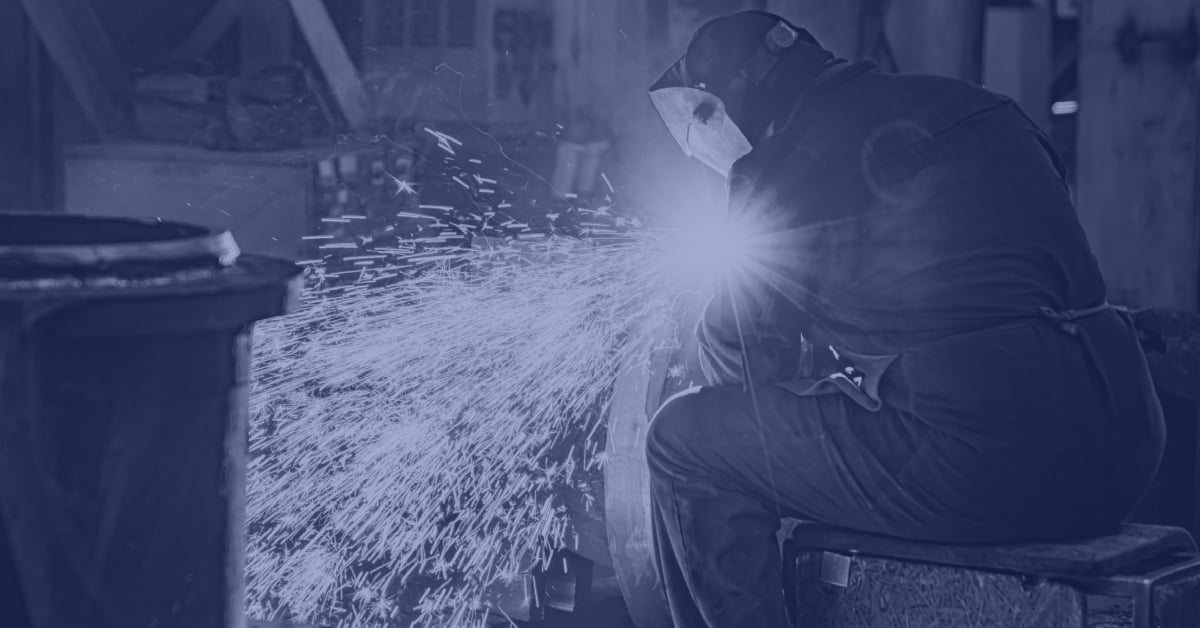The Application of Reverse Engineering in Manufacturing
Reverse engineering is not very common in manufacturing. In most instances, companies need to pair a carbon graphite grade with parts or components for a new application. However, there are some cases where a company may inquire about reverse engineering.
Switching manufacturers is typically the leading source of reverse engineering requests. Since carbon graphite grades are proprietary, there’s no formula being handed over to the new manufacturer. Instead, the new manufacturer must work with the customer to reverse engineer a “twin” carbon graphite grade.
In other instances, the customer may not know what the part’s material is, or they may have minimal information. If they don’t have any technical data, then a sample part is needed for the reverse engineering process.
Determining Material Chemical Composition
Even though carbon graphite grades are proprietary, there’s almost always enough information available to reverse engineer a material. However, it’s important to note that it’s quite difficult to create a perfect match.
Instead, reverse engineering typically produces a new carbon graphite grade that is so similar it is functionally the same as the original. Any differences are miniscule and don’t affect the performance of the part or component.
If customers have the part’s specifications and can share the original manufacturer, reverse engineering may not even be necessary. Manufacturers like St. Marys Carbon keep a catalog of past reverse engineering projects, allowing them to speed up the process. Using the specifications available, they can perform some quick tests to find a matching grade.
When reverse engineering is necessary, carbon graphite manufacturers rely on physical property testing. Manufacturers use these tests to determine a material’s strength, density, electrical resistance, porosity, and so on until they acquire the information they need.
The number of physical property tests necessary depends on the material and the application in question. Some of the more complicated tests include a metal analysis to assess the properties of any impregnations, while another is the use of a scanning electron microscope (SEM) to study the material on a granular level.
Does Your Product or Part Need Reverse Engineering?
Carbon graphite manufacturers all have their own grades and formulas, and they don’t typically share this information with competitors. If you’re switching manufacturers, your new partner should have the capability to reverse engineer all the carbon graphite grades needed for your products and parts.
If you have a part made of an unknown material, or a component where you’re missing some vital specs, talk to your manufacturer about reverse engineering. Chances are, some physical property testing is all that’s needed to get you the answers you’re looking for.




